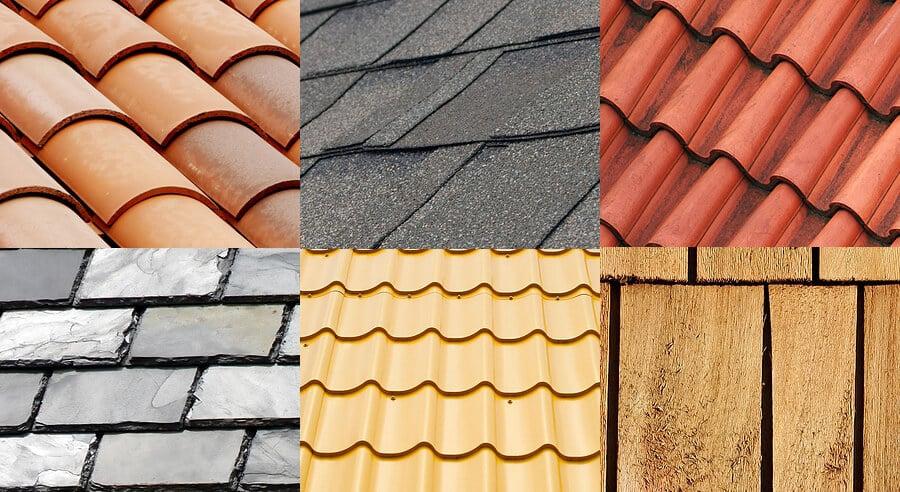An underlayment has two main purposes: a secondary weatherproofing layer underneath the tile, providing temporary weather protection while the tile is being fitted. Underlayment is also utilized to abide by regional construction regulations and to keep bugs, dirt, and other pests outside the building.
Underlays can be constructed of polyester or natural materials like wood cellulose. To assist them in resisting water, they have an asphalt coating. All weather conditions, including strong gusts and rain brought on by the wind, must not compromise the underlayment’s ability to keep out water.
Table of Contents
What Are Roofing Staples? An Overview
The synthetic underlayment can be installed using staples, according to several roofers. Many people will advise you to use cap nails instead. The roof’s slope itself is a major factor in both designs. The word cap nail refers to a type of nail usually constructed of steel with a plastic cap to stop roof leaks.

Underlayment will increase waterproofing if a high-wind event lifts the top layer of shingles or tiles. Cap’s nails are needed for underlayment in several regions of the nation. They are excellent at minimizing the tearing that can happen in underlayment exposure because of wind, even when the roof is completely covered with shingles.
The heads of roofing nails or staples can occasionally rip completely through the underlayment. Stapling synthetic underlayment together, however, can be acceptable depending on regional roofing and fire rules. Certainly, they take less time to install.
According to knowledgeable roofers, it doesn’t matter whether cap nails or staples were used to fasten the underlayment roofing material to the house once it has been roofed.
Steps To Underlayment A Roof With Staples
Collect Needed Tools And Materials
- Hammer
- Utility knife
- Tin snips
- Measuring tape
- Staples
- Roofing felt
- Drip edge
1) Apply Drip Edge
An eave drip edge should be applied. Drive a nail close to the end of the drip edge flashing and softly press against the eave end. Drive roofing nails about every foot to secure it to the sheathing after checking its alignment with a chalk line or by eye.
Overlap drip-edge pieces when they come together. Cut the pieces with overlapping tabs where the drip edge meets a hip or a valley. Use roofing nails to firmly press the tabs together, creating corners with no gaps.
2) Place Felt
For alignment purposes, take a chalk line picture. Set a line to be snapped above the drip edge since the felt should extend beyond it. The overhang is not precise, but you might need to correct the drip edge in a few different locations to ensure consistency.
3) Press Down The Felt For Tightly Sealing
Roll out the felt evenly and bubble- and crease-free, using the chalk line as a guide. The paper backing can frequently be peeled off while unrolling and rerolling the item.
If the roof is steep, apply the lower part first and remove the backing from the top. Keep your lines parallel to the chalk line and avoid wrinkles. To firmly seal the felt, apply pressure.
4) Attach The Felt To The Siding
If possible, lap the felt up at the roof and walls meeting point. Remove the siding with a pry bar, then slide the felt underneath. In some circumstances, you might need to replace the siding after putting in the underlayment of the shingle and flashing.
A Few Considerations Before Installing Roofing Underlayment
These are the minimum requirements for safety. Cooperation is necessary to ensure your safety on the job site when installing roofing underlayment.
- Pay attention to and follow all safety regulations and laws that pertain to roof security.
- When working on roofs, fall protective equipment should always be used. Utilizing work shoes made for roof traction and the proper personal safety equipment is necessary.
- Roofers must firmly fix the synthetic underlayment to the roof deck with plastic nails before allowing people to walk on the underlayment surface.
- Exercise caution when moving around or standing on the underlayment, as different weather conditions may cause traction to decrease.
- To provide secure footing when working on the roof, steeply pitched roofs necessitate the use of roof work supports or platforms.
- Observe the safety guidelines and rules for ladders. Keep track of each power line and use caution around workers or equipment.
Before putting the last layer of roofing material on, inspect the underlayment that has been installed and exposed to storms, wind, or flying debris. Replacing or repairing damaged areas Before walking on or covering the underlayment, remove trash and be cautious in coastal areas by carefully brushing any sand off the roof.
Conclusion
Although there are several reasons modern roofers prefer to use nails over staples, the strongest case isn’t made by either fastener’s quality but rather by the user’s patience and accuracy. When connecting shingles to roofs with staples, the holding strength is severely reduced if the staple is not positioned perpendicular to the shingle.
Staples are also considerably simpler to overdrive or underdrive, which can exacerbate holding problems. This problem is not a problem with roofing nails because they have a circular head; make sure the nail is pushed straight into the shingle.
Due to the possibility of faulty installation, staples have even been prohibited from being used during shingles on roofs. Other laws may specify the type of galvanization or coating or call for stainless steel roofing nails in coastal areas, depending on the region. Always check the local building authority’s code requirements before beginning a project.










